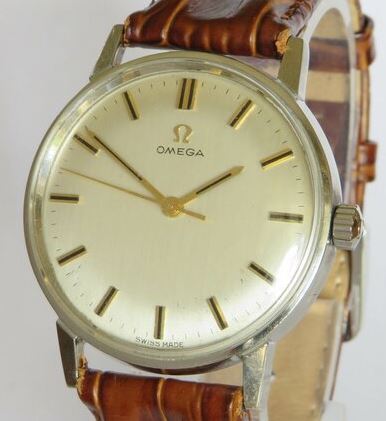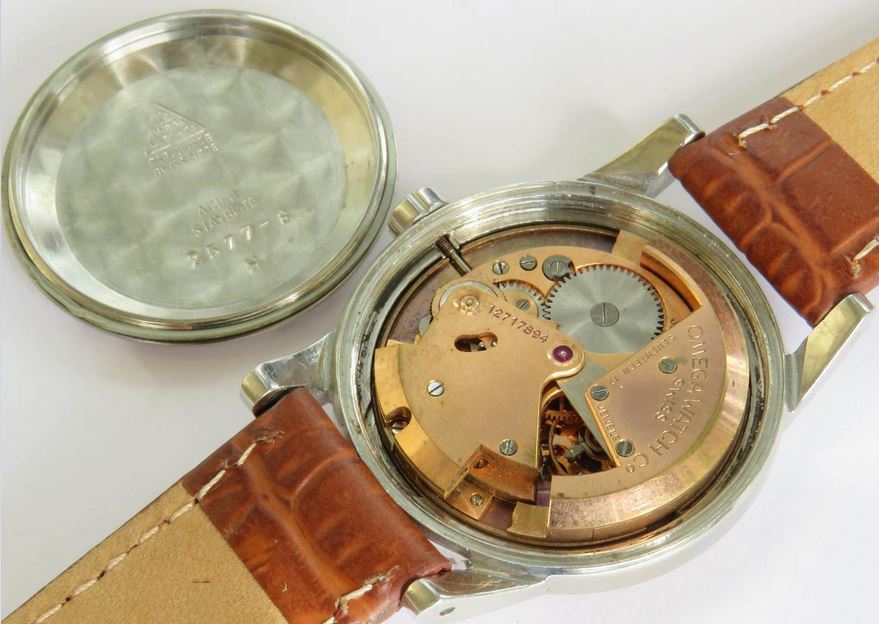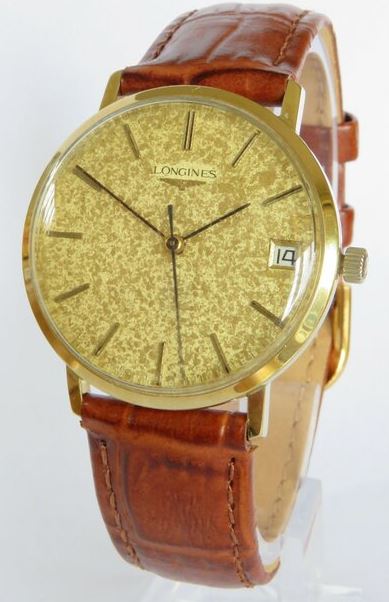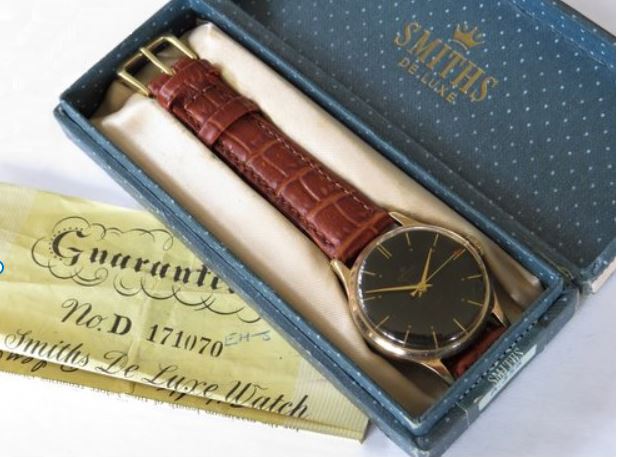Last Updated on October 19, 2025 by Jason
Vintage watches have captured interest worldwide, and it’s no surprise why. They combine craftsmanship, design, and a touch of history. Sports watches from legendary brands like Rolex and Omega are especially sought after, but thanks to the internet, vintage watch collecting has become more accessible than ever. You can now browse and buy any vintage watch within minutes.
That said, getting into the world of vintage watches can feel overwhelming, especially if you’re just starting. Prices have risen, terminology can be confusing, and there’s always the concern of getting ripped off. However, there needn’t be any stress. If you go in prepared, you’ll walk away with a vintage watch you will treasure forever.
What to consider when shopping for a vintage watch
Buying a vintage watch is like treasure hunting. It’s exciting, but it requires a bit of advanced knowledge. This is what you need to know before you make that first purchase:
Research
Start by researching the brand and the watch you are interested in buying. Explore the history, production years, key features, and price trends. Understanding what’s “normal” for a particular model helps you spot fakes or mismatched parts.
Condition
Condition is important. A bit of wear is normal for a vintage watch, but there’s a difference between patina and damage.
- Dial: Look for clean, original dials. Avoid ones with water damage, heavy refinishing or a redial.
- Case: A lightly polished case keeps its original shape and details intact. Over-polished cases lose their shape and charm.
- Crystal: Polishing can remove small scratches on acrylic crystals. However, deep gouges or cracks are a different story. Those might need a replacement.
Authenticity
Original parts make or break the value of a vintage watch. Check that the dial, hands, movement, crown, and bracelet are original or correct for the period. Red flags include aftermarket parts and fonts or logos that don’t match the manufacturer’s style. Obviously, leather straps are unlikely to be original, as they typically only last for a couple of years. Because they are regularly replaced, the original buckles often go missing. An original buckle on a leather strap is a rarity.
Service history?
Ask if the watch has been serviced recently. Regular maintenance keeps the movement running smoothly. If it hasn’t been serviced, factor in that cost to the price of a watch.
Check the movement
The movement is the heartbeat of any watch. Request clear photos of it or have a watchmaker inspect it. Keep an eye out for matching serial numbers, rust-free components, and the maker’s marks.
Patina
Patina is the natural ageing of a watch’s dial, hands, or case, giving it character. Some collectors love faded colours or a tropical dial, while others prefer pristine pieces. Decide on your preference before you buy.
Understand the pricing
Familiarise yourself with the current price for the model you are looking for. Auction sites and watch forums are great for gauging prices. Look at sold prices to get a clear picture of the price. Remember, if a deal seems too good to be true, it probably is.
Provenance and papers
Original box, papers, and receipts add value, but aren’t dealbreakers. Just make sure you verify the watch’s authenticity and origin. Provenance is nice to have, but it is generally rare. Boxes and papers can easily go missing over the decades.
Movement and complications
Watch movements are marvels of engineering, and some are more prized than others.
- Movements: Most vintage watches have mechanical movements, which can be hand-wound or automatic. Hand-wound ones need daily winding, while automatics wind themselves as you wear them. In-house movements (made entirely by the brand) are generally more valued than outsourced ones.
- Complications: Beyond telling time, some watches have added features, known as complications. These include chronographs (stopwatches), dates, calendars, alarms and repeaters (chimes).
Questions to ask before buying
When considering a vintage watch, think about asking these questions:
- Is the watch signed? Look for the brand’s logo on the case, crown, dial, buckle, and movement.
- Has the dial been restored? Original dials hold more value than ones with reapplied lume or heavy restoration.
- Is the case polished? Too much polishing can remove detail and weaken the metal.
- Does it have an interesting story? Engravings or military use can add charm, but some collectors prefer clean cases.
Where to buy your first vintage watch
Trusted dealers
Reputable dealers, both online and offline, offer quality pieces and peace of mind.
- Pros: Expert knowledge, trade-in options, and reliable authentication.
- Cons: Expect to pay a premium.
Auction houses
Auction houses are treasure troves for rare finds.
- Pros: Potentially lower prices and the chance to handle watches in person.
- Cons: Bidding can be time-consuming, and you might not always win.
Examples of auction houses that deal in watches include: Watch Collecting, Christie’s and Bonhams.
Online forums
Watch forums like Omega Forums and Watchuseek are great places to start.
- Pros: Low prices and a tight-knit community.
- Cons: You can’t inspect the watch in person, and scams do exist.
Why Swiss watches reign supreme
The “Swiss Made” brand is synonymous with high-quality luxury watches. Swiss watches owe their success to a mix of skill and good fortune. Geneva’s 16th-century ban on jewellery pushed artisans into watchmaking. During World War I, Swiss factories were untouched by war, while the rest of Europe wasn’t so fortunate. Today, Switzerland accounts for half the world’s watch production by value.
Caring for your vintage watch
Keep your vintage watch ticking for years:
- Regular maintenance: Service your watch every five years using an accredited watchmaker.
- Storage: Store it in a cool, dark, dry spot to protect it from sunlight and humidity.
Vintage watches aren’t just a tool for telling the time. They are pieces of history you can wear. With a little knowledge and patience, you’ll find a practical vintage that perfectly matches your style.
Related content
Vintage watches at Chrono24.
How to care for a vintage watch at Gear Patrol.





Leave a Reply